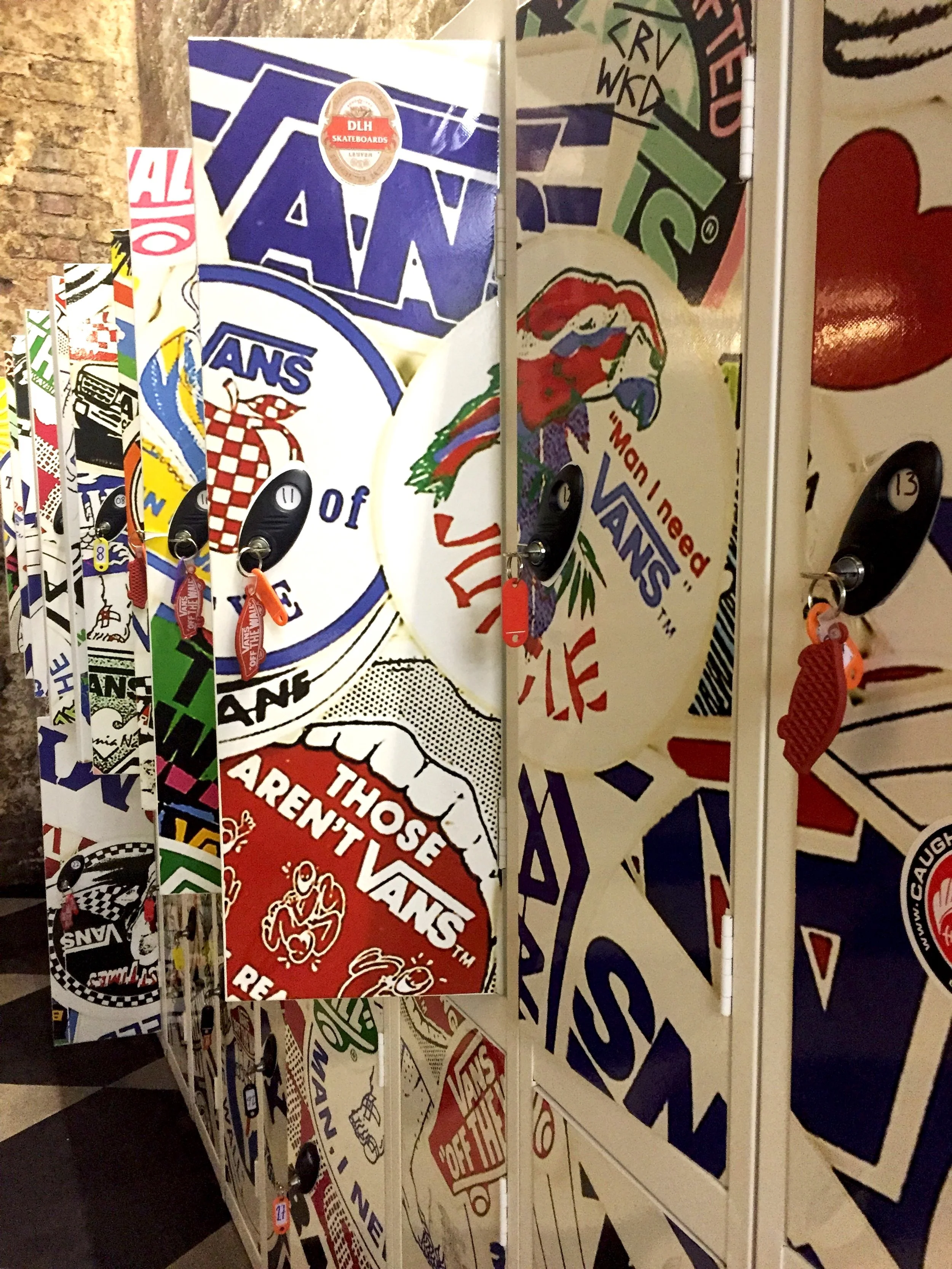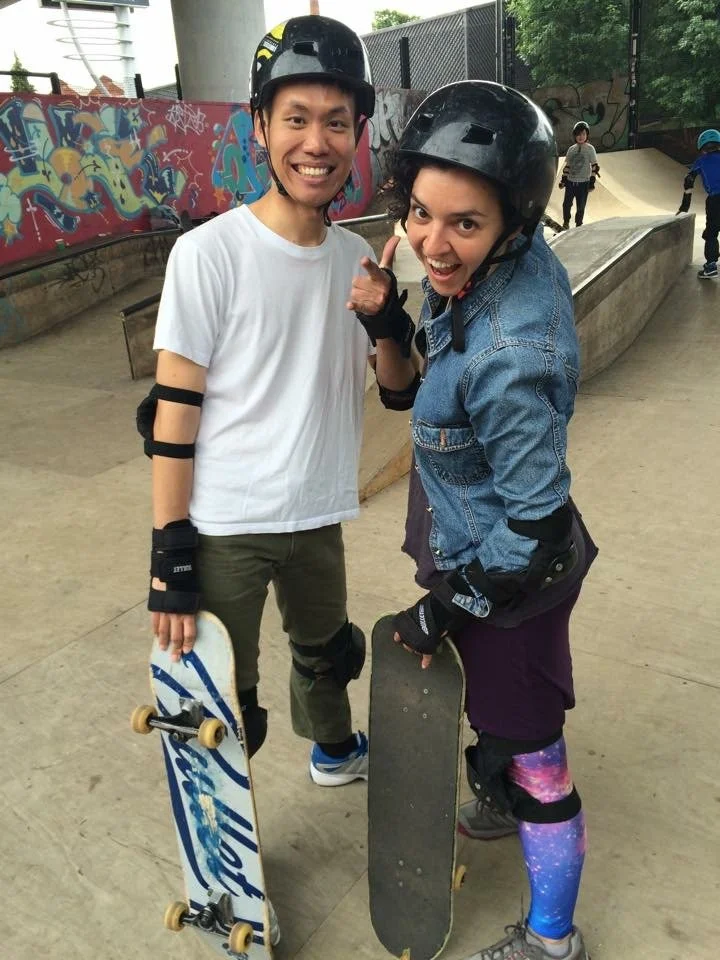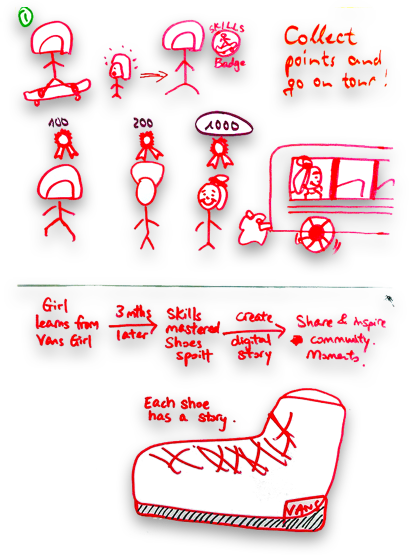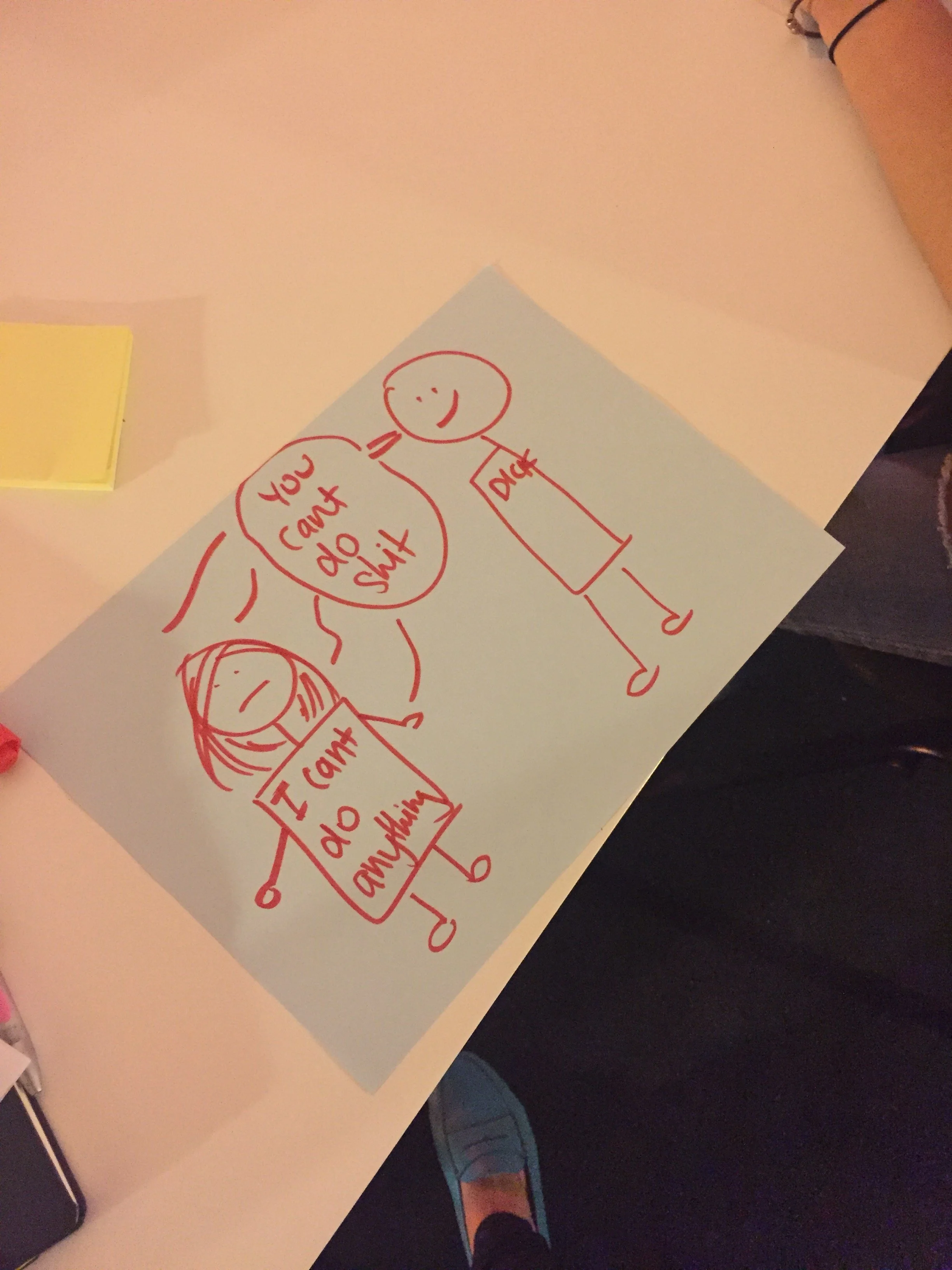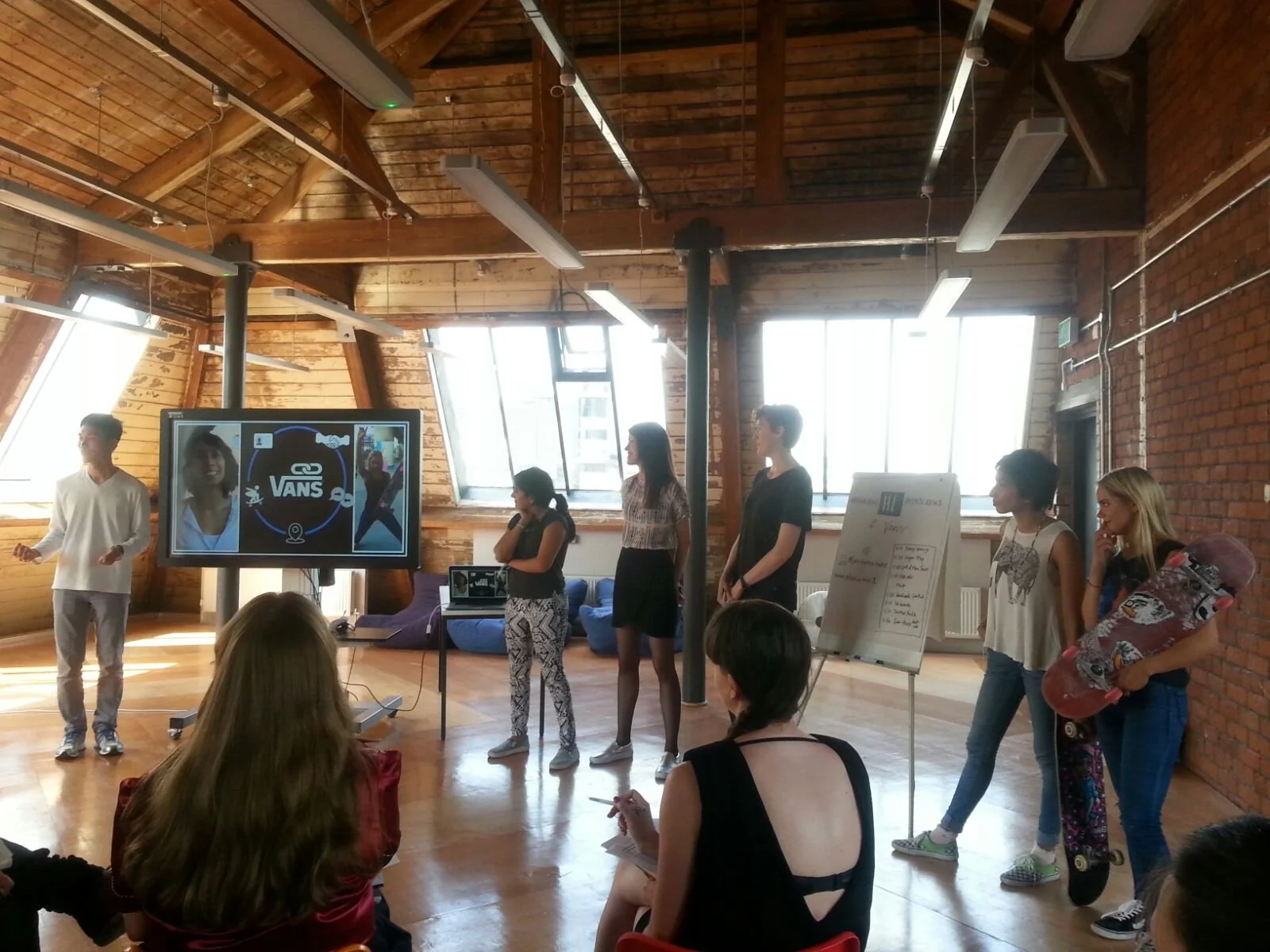Business Strategy: Exchanging Skills, Empowering Females
Vans
How might Vans connect with female consumers?
BRIEF
Develop a digital strategy for Vans to connect the heritage and authenticity of the brand directly with female consumers, and show how this generates value for both the business and the consumer.
MY ROLES
Business Model Development, Researcher (consumer behaviour, gender discrimination, competitor analysis), Concept Development, Team Facilitation
WHAT WE DID
1) SETTING OUR TEAM CULTURE
We decided to perform team "check-ins" every morning and also set time for social activities like getting lunch or a coffee together to encourage team bonding. We also wanted to maintain good team coordination and support personal reflections as a team, so we set up a Slack team account for purposes of team communication and process documentation.
2) DISCOVERING USER NEEDS
We followed the ‘Double Diamond’ design framework and created a project timeline with the phases of the double diamond model and all deadlines. We began by visiting the Vans and JD store in Manchester’s Arndale shopping centre, and House of Vans in London to observe how Vans was connecting with female consumers currently.
We also participated in a beginner skateboarding session and interviewed skaters at the local skate park, called "Projekts MCR", to empathise with a newbie's experience, and also to reach out to the local female skateboarding community.
These enabled us to gain a deeper understanding of who the "Vans girl" was. Back in the studio, we supplemented our primary research with desk research to find out more about millennials' consumer behaviour.
Understanding User Needs: Experiencing it for ourselves at a Beginner Skateboarding Session
3) DEFINING THE PROBLEM
We considered the profiles of people who fit into the Vans lifestyle, e.g. action sport, street culture, passion for fashion, etc. To focus our project scope, we identified skateboarders as our key target group as it was closest to the Vans heritage.
A problem that stood out was that the skating community was intimidating for female ‘newbies’ to enter. How might we make skateboarding more inclusive and grow the female skateboarding community?
4) DEVELOPING SOLUTIONS
We used tools such as "100-million dollar" brainstorm, sacrificial concepts, and co-creation to generate ideas and gather feedback.
Sacrificial Concepts: One of our initial solutions was to have skaters share skills, and earn points. The best teachers could tour the four key Vans countries - Italy, Germany, Spain and the UK. Vans indicated interest in this, as the concept of "family" was fundamental to the Vans heritage, which re-affirmed our community-based theme.
Co-creation Workshop: We invited local female skaters in Manchester to join us in a co-creation workshop. During the workshop, we heard from them the emotional distress caused by gender discrimination in the skateboarding community, which inhibited many females from developing their love for the sport. I learnt that it was not adequate to just match "teacher" and "student" - it would be beneficial to also use geo-location data to give users an awareness of the presence of fellow female skaters in the local community, so that they did not feel alone.
5) DELIVERING SOLUTION
"Vanship" - a skill-sharing platform to foster relationships between female skaters, and create an empowered female community.
New female skaters could learn skateboarding skills from more experienced female skaters; the more experienced skaters could in turn learn from newbies, who might possess talents in areas such as drawing, acting, or dancing.
Through Vanship, newbies would become aware of local peer support networks which they could join to learn, meet liked-minded people, and feel safe in. By analysing data obtained via Vanship, Vans could better understand the needs of female "Vans girls" over time, and tailor their offerings accordingly, such as organising exclusive events at House of Vans, or bringing in their favourite Vans ambassador to interact and coach at local skate parks where female skaters gathered.
In future, Vans could also apply the same concept to engage female millennials of other "expressive creative" types too e.g. music, street culture and fashion.
Female empowerment: Giving local female skaters a voice in shaping their future
WHAT I LEARNT
To be a user-centric designer, I needed to empathise with users’ needs. However in order for the business to deliver value to users in a sustainable manner, I also needed to be mindful about achieving business objectives. This balancing act created constant tension in the team during the design process, which might affect team cohesion if not managed well.
Our team applied the Hyper Island philosophy of "Team is Everything", and set aside time and energy to resolve conflicts when they arose. Bringing focus back to the overall project goals helped the team to recognise the tension as a healthy development, and made the debate more objective and constructive eventually.
Client: Vans
MA Digital Experience Design
Hyper Island, Manchester, July 2015
Team: Trishal Ghelani, Christine Valentin, Caio Felipe, Wanda Rossi, Tracey Valliere-Evans, JL Wong
